Though considered a classic, James Cameron’s Aliens isn’t without its critics. A sequel to Alien, one of the most persistent criticisms of Cameron’s film was that it de-mystified the creature. Its approach is said to lack the personality of the original beast, dumbing it down to an unintelligent animal that more closely resembled an insect. While certainly an issue found in various comic book and game adaptations released in the film’s wake, is Cameron’s film guilty of the same thing?
THE ORIGINAL CREATURE

The whole thing was supposed to be about the sexual life cycle of the Alien. One thing that people are all disturbed about is sex. Everybody is always all in a knot about sex. I said that’s how I’m gonna attack the audience. I’m gonna attack them sexually.
Design wise, it was difficult for the audience to put their finger on just what they were looking at, one of the reasons the creature lives up to its title so well. The original film had one monster hiding in the dark. Aliens shined a light into those shadows, revealing there was more than one monster waiting there.
THIS TIME THERE’S MORE


Siege stories are well suited for horror and suspense. One particular example, John Carpenter’s Assault on Precinct 13, bears a strong resemblance to Aliens. Not only does it similarly blend horror with small bits of action, but the villainous street gag is developed in an identical fashion to the Aliens. Rather than focus on individual gang-members, the film instead makes the entire hoard into a single character.
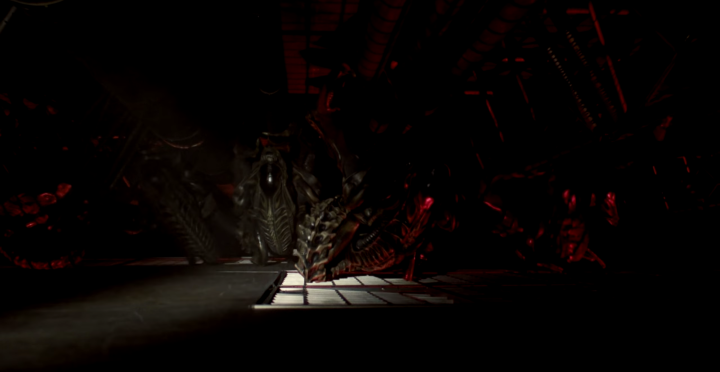
Aliens was also terrific. I am sorry I was not asked to work on it. At first I thought ‘this is like a war film,’ but it is really powerful.
THE INSECT INFLUENCE
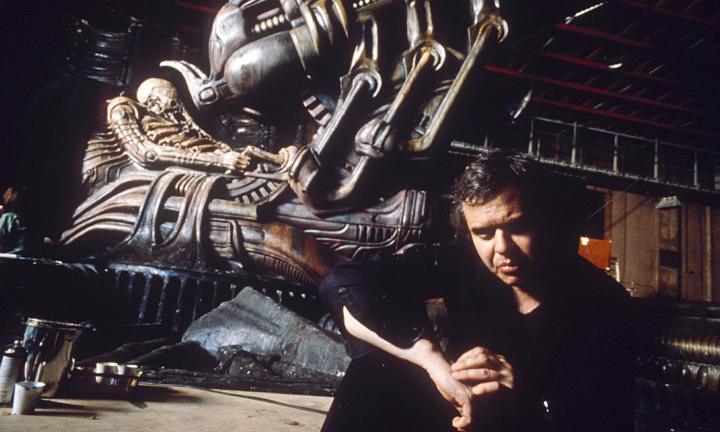
Though often attributed to Cameron, the insect influence was part of the creature from the very beginning. Insects were, by Giger’s own admission, one of the most critical design aspects of the beast. In an interview with the magazine Cinefex, seven years prior to Aliens, he had this to day about his iconic work.
We decided to make a very elegant creature: quick, and like an insect.
It was this aspect that initially appealed to Ridley Scott after Dan O’Bannon showed him Giger’s Necronom IV. Scott described the creature design as ‘like a rather beautiful humanoid bio-mechanical insect.’ He talked about this in a 1991 interview for The Alien Saga.
I wanted him [the Alien] to be insect-like. Like an ant. Because if you examine an ant under a microscope they’re kind of elegant, and I wanted him to be very elegant and dangerous.

I also patterned the Alien’s life cycle on real-life parasites … parasitic wasps treat caterpillars in an altogether revolting manner, the study of which I recommend to anyone tired of having good dreams…
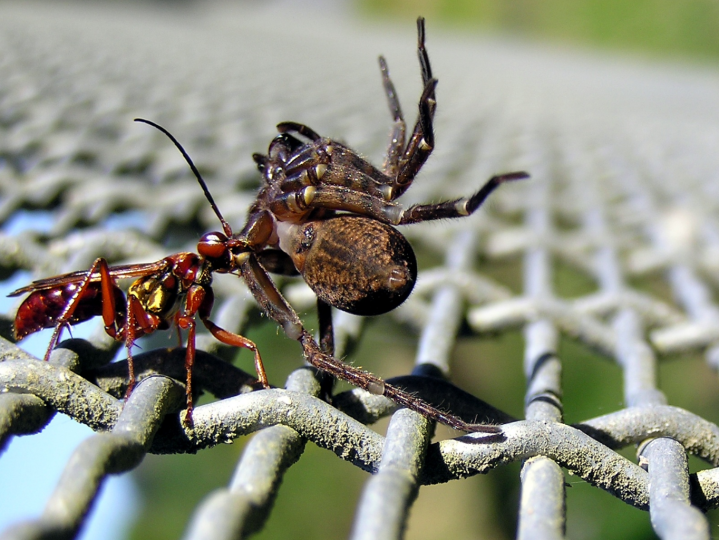
Dan O’Bannon and Ronald Shusett compared the Alien specifically to the paralyzing wasp. This species of wasp operates similar to the alien, immobilizing spiders before laying their eggs inside. The eggs grow, eventually bursting out and killing the host. O’Bannon and Shusett scaled up this unsettling idea, added some of the sexual subtexts, and applied it to a human host. Shusett talked about the decision to Cinefantastique.
It was our idea that it would be the life cycle of an insect. The way a wasp will sting a spider, paralyze it, and lay its eggs in the spider …. We thought people might pick up on it and say, ‘yeah, an Alien life cycle can be an insect life cycle.
Though insects were looked to for inspiration since the original film, traits common in mammals and reptiles are equally prevalent. Insects for example are all invertebrates, yet the Alien possesses a spine like a mammal or a reptile. The end result was a kind of chimera of our darkest fears. In such a monster, insects are a valuable component. But, with the addition of the Alien Queen, did Cameron take a once subtle trait and make it a little too obvious?
THE QUEEN


What you saw in the film was a thousand eggs. One of them hatches, one of them goes through its life cycle, becomes an adult, and is killed. There is no connection between the adult and the future eggs. Now in the scene that was apparently shot and cut, and which I never saw, in which Tom Skerrit and Harry Dean Stanton are turning into eggs, that closed the cycle. But, to me, that was completely irrelevant to what you actually saw in the film.
Cameron later said had the scene been included, he would have tried something different.
Had the first film appeared in its complete form, then I would have had to take a different approach to the story.
Gale Anne Hurd has compared their approach to the creature as similar to termites, and by all appearances, the presence of a Queen seemingly rules out anything but insects. However, there are numerous examples of such societies outside the insect kingdom. Even mammals, most notably the naked mole rat, have nests with a single fertile queen. Aside from that, there’s not a lot about naked mole rats, or ants and termites, that resembles the Alien.
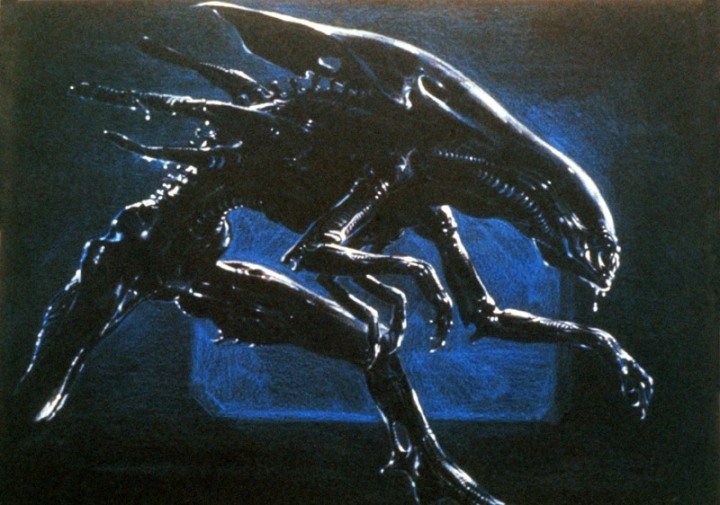
Aesthetically, the Queen is a thing of beauty. Using Giger as his palette, including such paintings as Giger’s The Spell III, Cameron takes the original creature and expands on it. The end result combines both Cameron’s and Giger’s talents to create a wholly new monstrosity. Giger himself lent his compliments in numerous interviews. While he didn’t like the ridged appearance of the Warrior, he did say he ‘loved the Alien Queen designed by James Cameron.’
The Alien Queen is also nice. She’s a bit smaller in the face than my alien but my basic design was very well studied. She was frighteningly well animated.

These things ain’t ants, estupido.
THICK SKIN

While certainly threatening, the original Alien was hardly indestructible. It is shown to react painfully to blasts of superheated air. Even more telling is Ripley’s final close quarters fight with the monster. In this standoff, Ripley fights the creature off with a harpoon gun, shooting it in the chest. As it’s ejected out the airlock, a large splash of acid blood is visible, showing even the original Alien could be hurt by low velocity projectiles. If a harpoon gun could work, the weapons of the Marines should be pretty effective.
One must remember that the Marine Pulse Rifle is a powerful weapon, with armor piercing bullets topped with explosive tips, designed to penetrate their targets and then explode. It’s the explosion, not the piercing, that does the damage. Even for an acid-bleeding horror beyond the stars, a weapon like that will punch hard. But while the Pulse Rifle seems reliable, most other weapons fall short.

INTELLIGENCE
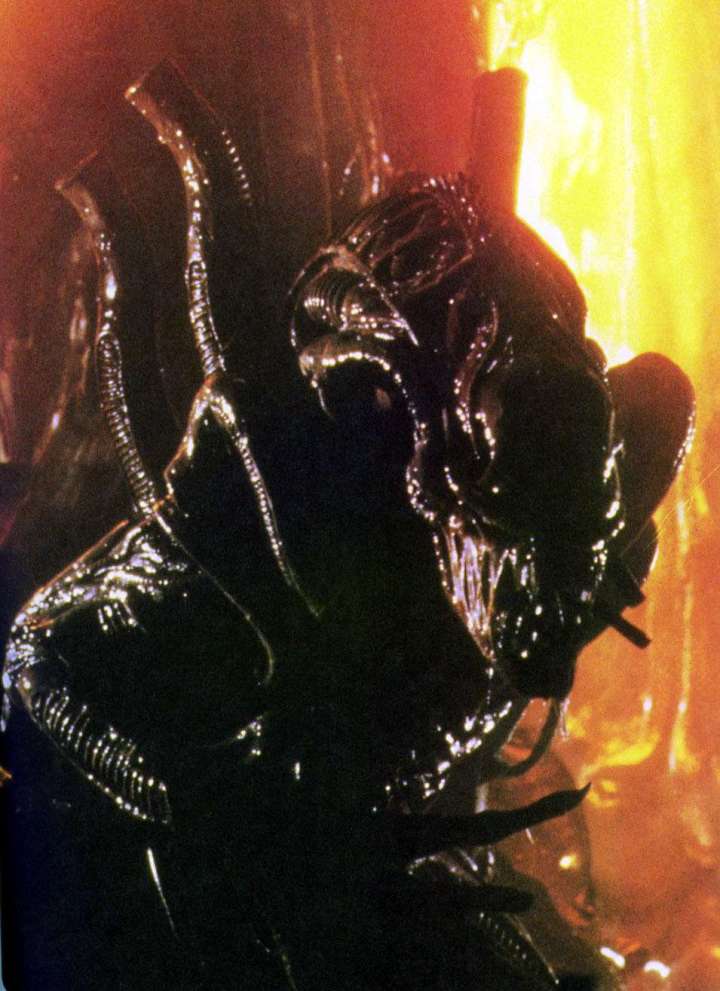
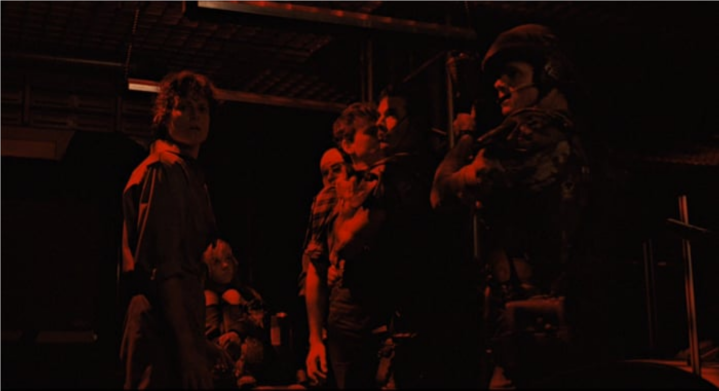
They cut the power.
The implications of this one moment are staggering. The Aliens, by means still unexplored, somehow learned they needed to cut the electricity to reach the survivors. Power at the colony was still active when the Marines arrived, so the Aliens hadn’t yet tried this against the less prepared, largely unarmed colonists. In facing this new, more capable enemy, the Alien shows an ability to learn, sabotaging a complex piece of technology to improve its chances.


IN CLOSING
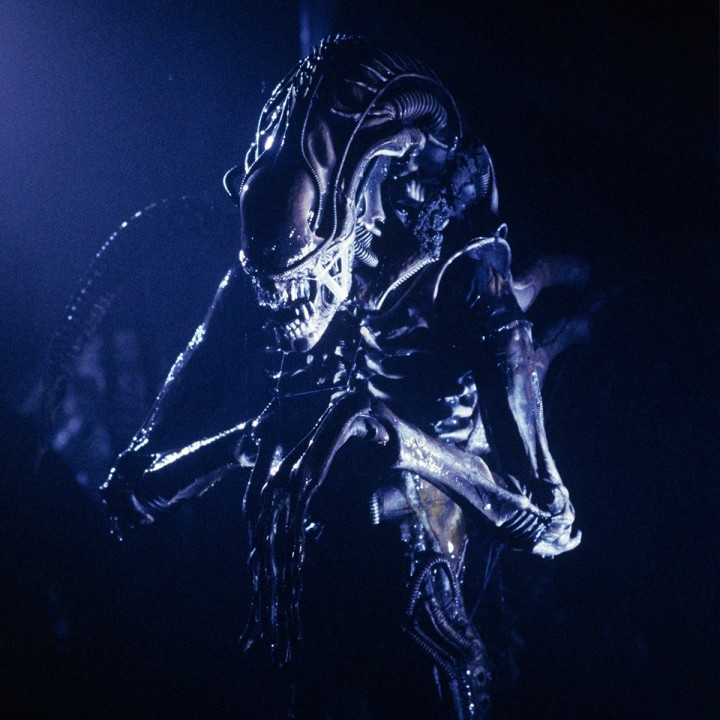
(Sources: StrangeShapes, Alien Explorations, Monster Legacy, The Beast Within: The Making of ‘Alien’, The ‘Alien’ Saga, Alien: Evolution)
Special thanks to our friends at Monster Legacy for their help in preparing this article. Be sure to give them a visit.
Like this Alien themed article? Check out these other pieces by some of our top contributors!

Horror in the first movie involved the creature lurking in the shadows. By the end of the film, it was fully revealed. Obviously, the second movie could no longer do that because viewers who saw the first one already knew a lot more about the creature. That’s why _Aliens_ became a siege movie.
LikeLike